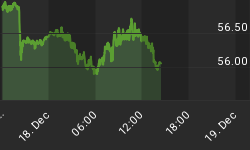Figure 1 is a monthly chart of the Brazilian Bovespa Index.
Figure 1. Brazilian Bovespa/ monthly
The indicator in the lower panel measures the number of negative divergence bars occurring between price and an oscillator that measures that price action. Negative divergence bars are the price bars with pink markers on them. As we have shown many times before (see this link and this link) across multiple markets, a clustering of negative divergence bars implies slowing price momentum. Often, a cluster of negative divergence bars is a technical finding seen at market tops, but it doesn't have to be part of every market top. In any case, we now have a clustering of negative divergence bars on this monthly chart of this very important index.
When looking at multiple assets throughout history, I would generally move to the side lines when such price formations occur on the monthly charts as this is a very reliable sign of a market top. In the case of the Bovespa, it really was not especially during the bull market from 2003 to 2008. Nonetheless, a cluster of negative divergence bars during this time period was always followed by side ways movement in price such that the 10 week moving average was touched 2-3 months later. The 10 month moving average is about 10% away, and it is my expectation for the Brazilian Bovespa to trade to these levels over the next 2 months.
Another negative technical sign would be the double top at the old highs. We won't know for sure for many months, but the high odds play is that when you see a cluster of negative divergences, prices tend to go side ways. So I expect this is what we will get; in other words, it will be hard for the index to break out without going lower first.
Lastly, weakness in the Bovespa continues to be very consistent with prior posts on emerging market ETF's. See this post from January 26, 2010 on EEM, and this post from January 27, 2010 on FXI.















